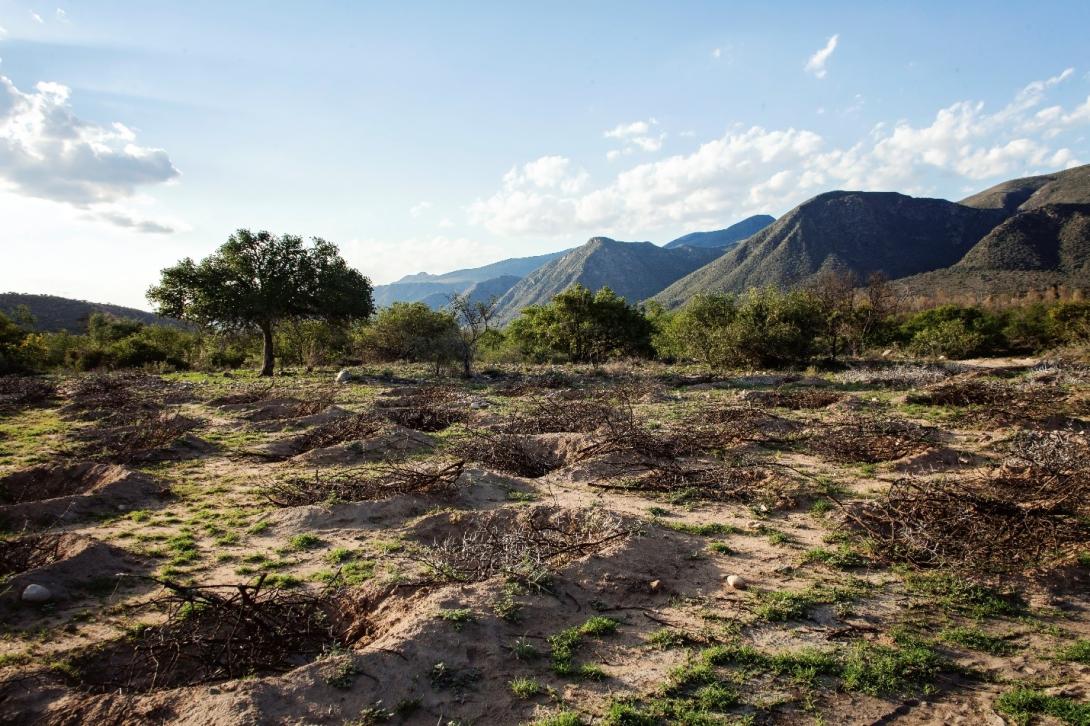Nature plays a vital role: absorbing and storing carbon through biological and chemical processes, effectively fixating CO2 out of the atmosphere. Human activities can support natural carbon sinks, and many ecosystem or agriculture-related climate solutions have the double benefit of reducing emissions and absorbing carbon simultaneously.
Nature-based solutions includes protection, restoration and sustainable management of natural carbon sinks and reservoirs.
A cautious interpretation of the existing evidence, indicates that by 2030, nature-based solutions implemented across all ecosystems can deliver emission reductions and removals between 5 GtCO2e and 11.7 GtCO2e (maximum estimate) per year. They can rise to 10 GtCO2e of a maximum estimate of 18 GtCO2e per year in 2050. Forests are the largest contributor with 62 % , while about 24 % of reduction is done by in grasslands and croplands (IUCN 2020).
Soil’s contribution to climate change, through the oxidation of soil carbon, is important. However, soils – and thus agriculture - can play a major role in mitigating climate change. Through multiple agricultural practices, we could help store vast amounts of atmospheric carbon in the soil, while at the same time regenerating soil fertility, plant health and whole ecosystems. This is a no regret option that offers multiple benefits and deserves high-level visibility (UNEP 2019).
Credits: Shutterstock

Sustainable Land Management and Climate Change Mitigation Co-benefits
The GEF-co-financed Sustainable Land Management and Climate Change Mitigation Co-benefits (SLM-CCMC) initiative implemented online carbon accounting tools from the Carbon Benefits Project (CBP) to estimate carbon stocks and greenhouse gas emissions from land management activities. The CBP tools are linked to the World Overview of Conservation Approaches and Technologies (WOCAT), a global database providing land managers and policy makers with sustainable land practices and methods. The CBP/WOCAT toolset therefore allows land managers to understand climate change mitigation potential and opportunities to increase the carbon co-benefits achieved through their projects. The ultimate impact of the project is to empower land managers to show how sustainable land management can help mitigate climate change which can revolutionize sustainable land use practices.
Potential for tropical forest carbon sequestration
Potential for tropical forest carbon sequestration represents the amount of carbon that could be sequestrated (i.e., prevented from entering the atmosphere as carbon dioxide) if deforestation were halted in tropical forests. Higher values indicate that a greater amount of carbon (measured as CO2 equivalents/km2) per unit area could potentially be sequestrated if deforestation were halted in tropical forests, calculated at the river catchment scale.
